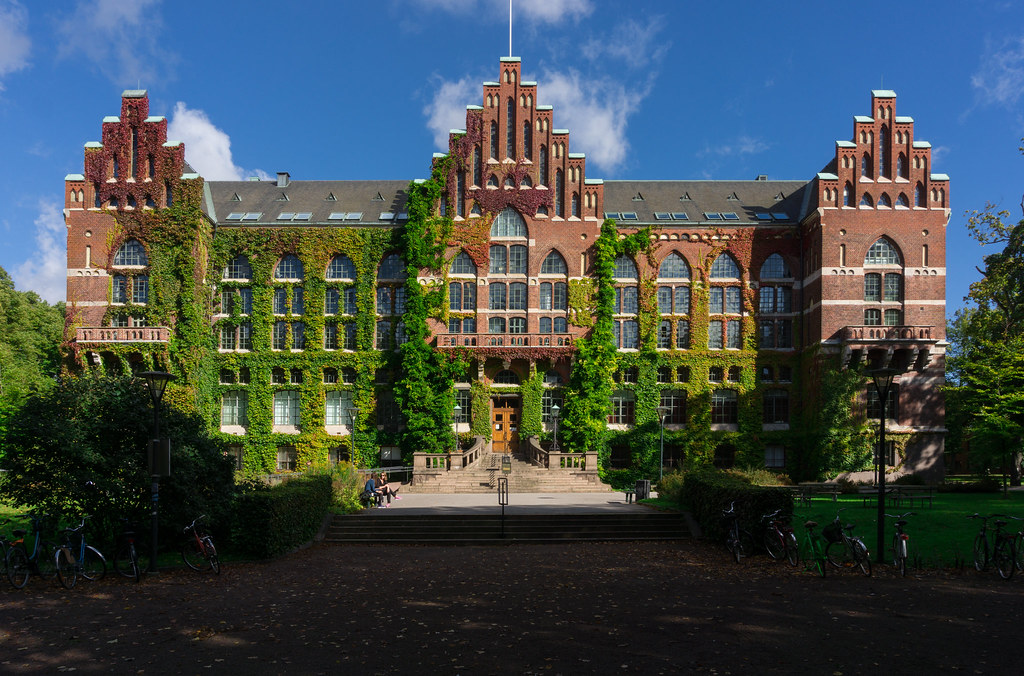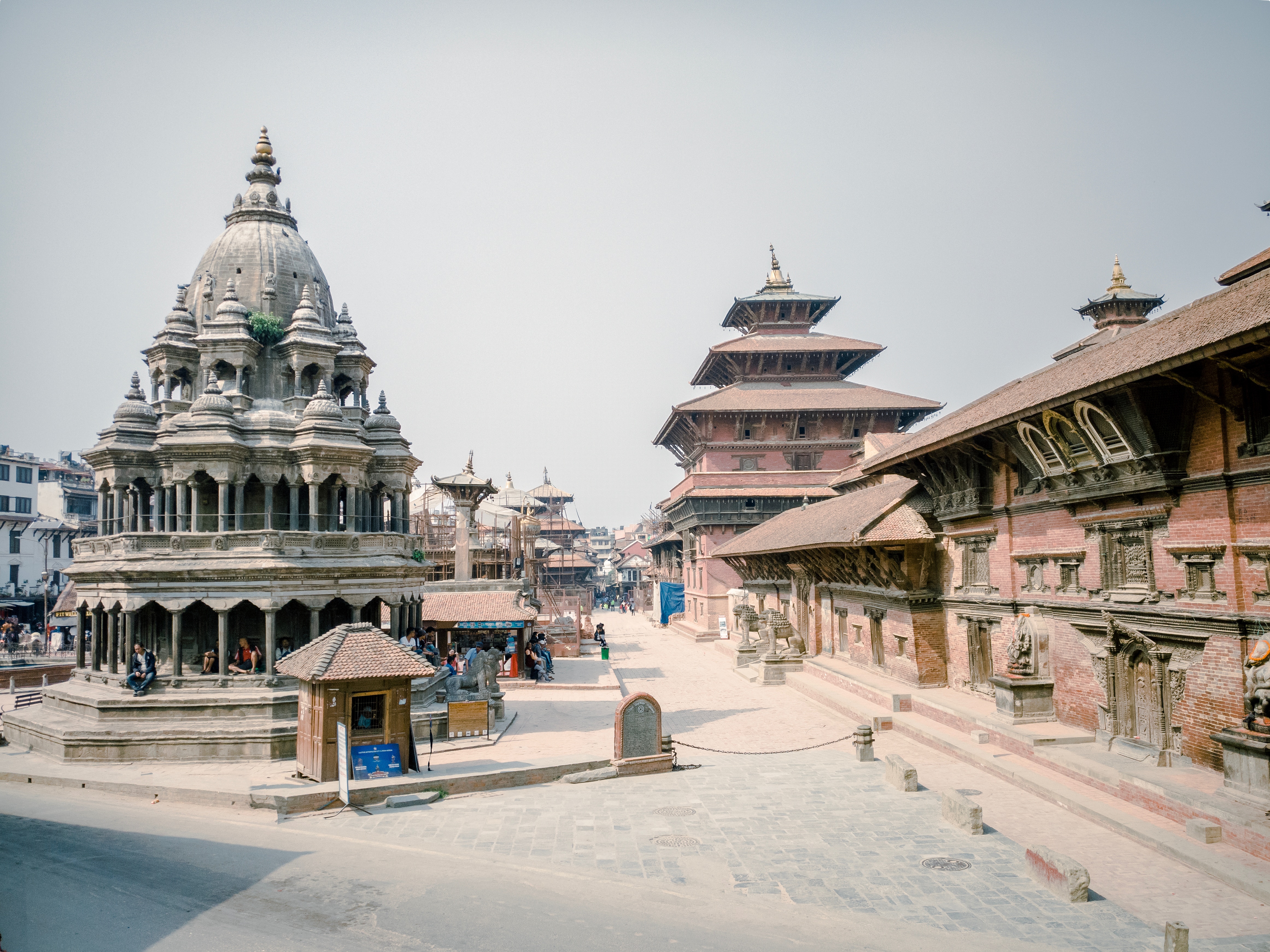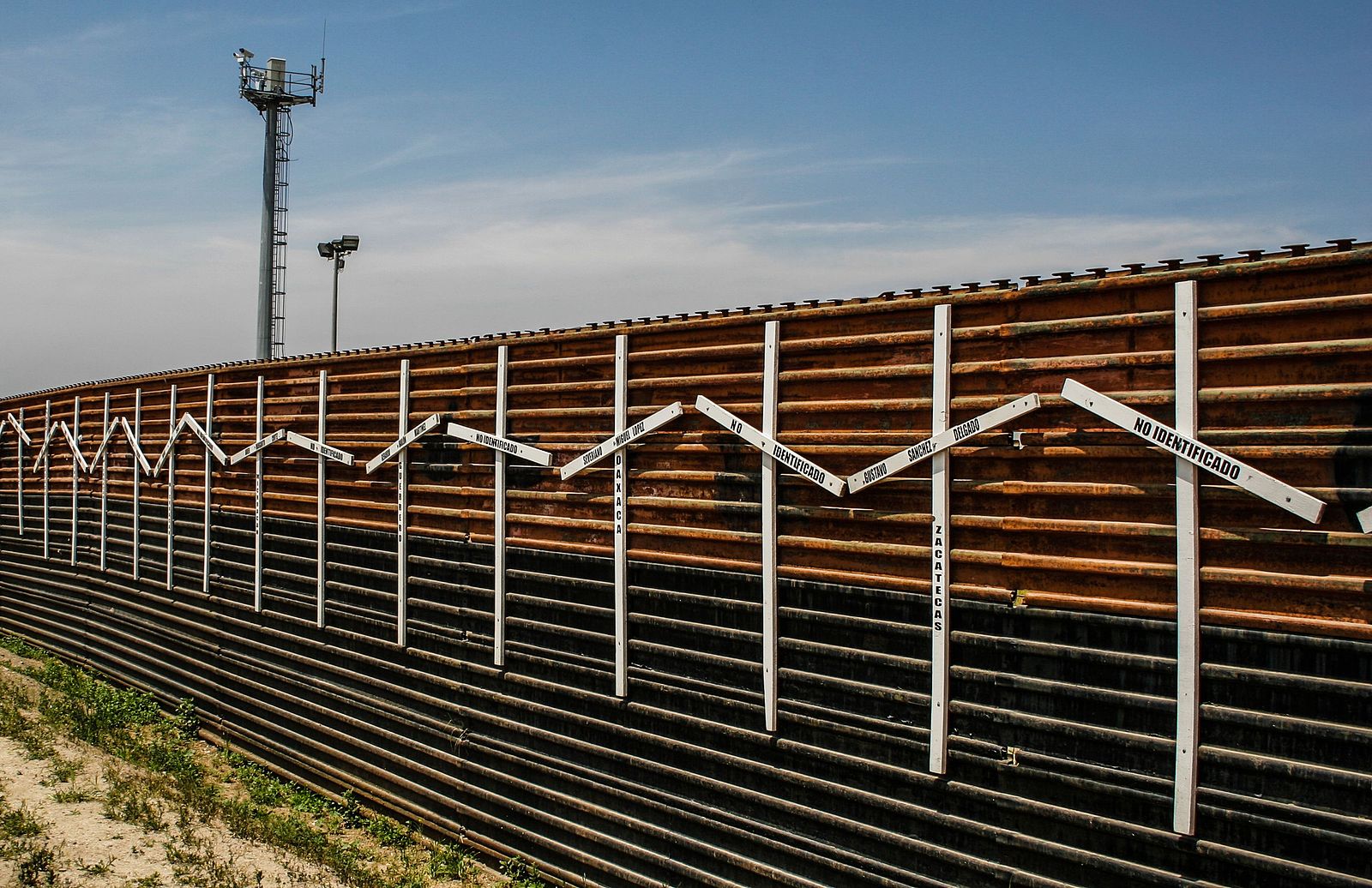
Blog Editor’s Note
By Barbara Gornik, Science and Research Centre Koper
Yes, we are. We publish books, whose readership is admittedly limited; we write scientific articles that are mainly read by a small circle of colleagues from the field; and indeed, we present papers at scientific conferences that are usually reserved for insiders in the academic world. We are undeniably dwellers of the ivory towers.
The symbol of the ivory tower, as is commonly known, often associated with us, academics at universities, who are believed to be disconnected from the rest of the world in pursuing our careers. It is generally assumed that we we live separate from the reality of most people’s lives, in intellectual isolation from the real world. Undoubtedly such an opinion is not entirely wrong. In fact, we have to write numerous peer-reviewed articles to sustain our careers; we often publish in journals that are rarely read by laypeople and we continually use a scientific and highly specialized language that may not be well understood by the general public. The considerable amount of time we devote to particularized scientific production in order to succeed in our careers drives us further into the isolation of ivory towers and thus further away from active participation in life in society.




